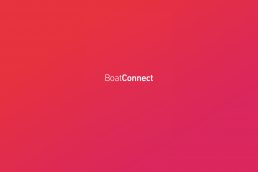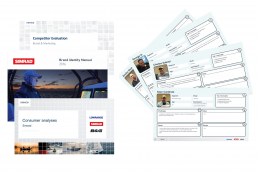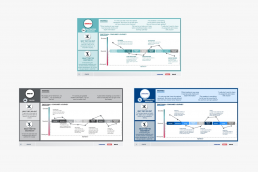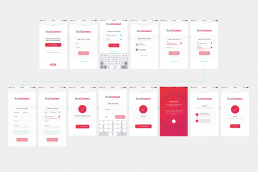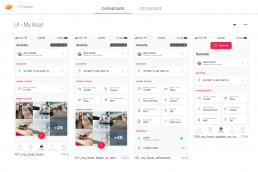BoatConnect App
AIMS & OBJECTIVES
The aim of the BoatConnect project is to redesign and rebuild the existing ‘Connect your boat’ mobile application. To improve the current user experience, we will be focusing on new user research so’s to understand the user’s behaviours, needs, and motivations.
MY ROLE
Lead UX Designer
PROJECT TYPE:
UX Research and Design
KEY CHALLENGES:
Design, build and release a new version of the former ‘Link – Connect your boat app’ in 24 weeks
Research and identify the key user groups, create personas, interviews and survey the demographic.
COMPETITOR RESEARCH
I wanted to make sure we learned as much as we could from our competitors, I looked at companies including Siren Marine, Yacht Protection, Smart Boat, Nautic-On and Saved bySpot, all of which offered similar mobile applications. I assessed the strengths and weaknesses of the current and competitors and combined my findings in a presentation to present in our design sprint.
CONSUMER ANALYSIS
In order to get new qualitative and quantitative research, we designed a series of questionnaires, scheduled focus groups and also developed a quantitative ranking survey. The main challenge here was that BoatConnects parent company, Simrad had a global outreach and in order to provide an accurate representative sample of data, we needed to think and reach globally with our research.
After a period of 4 weeks user research, we were satisfied with our results and confident we had a good understanding of our user’s needs and pain points and we’d even identified reoccurring themes and possible solutions already. We had the opportunity to work 1 to 1 with our users and in doing so, we had also built up a good selection of user personas.
As well as personas, this direct interaction with our users allowed us to develop new user journeys and empathy maps for each of the sub sections we’d identified e.g. Salt water anglers and fresh water anglers, both of which would be interacting with the app in different ways.
THE DESIGN SPRINT
Satisfied we had a strong body of research and insight into our users, we scheduled a 5-day design sprint with the team to tackle the import business questions our research had delivered. The outcome of the 5-day design sprint was to design, prototype, and test our solutions with our key stakeholders and to allow us to move forward into the development phase. Details of the design sprint agenda can be found here in my previous case study.
USER INTERFACE & INTERACTION DESIGN
After a few iterations, we were happy with the results the design sprint had produced, motivated, we began building out our prototype in Adobe XD. Our focus here was to shape the experience of our prototype just enough to ensuring our user tests were successful and also so that the user experience throughout the prototype was intuitive and streamlined.
DEVELOPMENT & DEPLOYMENT
Having worked closely with the scrum master and the scrum team in the design sprint, we continued to collaborate by synchronising our finished validated design with our front end collaboration tool, Zeplin. Collaboration between designers and developers is essential to the success of a project and Zeplin allows us to share the same workspace moving forward. In my experience this really helps prevent small fidelity issues between what the front end team produces and what the UI/UX team provides, preventing any further need for excessive UI reviews.
At the end of each design sprint, the session ends with a discussion specifically designed for the product owner, scrum master and scrum team to the size and prioritise each feature (Jira story/epic) ready for the first development sprint. In order to keep the team on track we then conduct a mini retrospective to make sure the design solutions we created have satisfied each of the Jira stories acceptance criteria and that any technical concerns had been resolved. In this session, the scrum master will prioritise the stories on an effort /impact scale, assigning a value to each story as we go, allowing us to identify which feature to develop first and in what order to develop the remaining features. We planned 3 development sprints for this development and the process throughout was managed by the traditional agile ceremonies.
